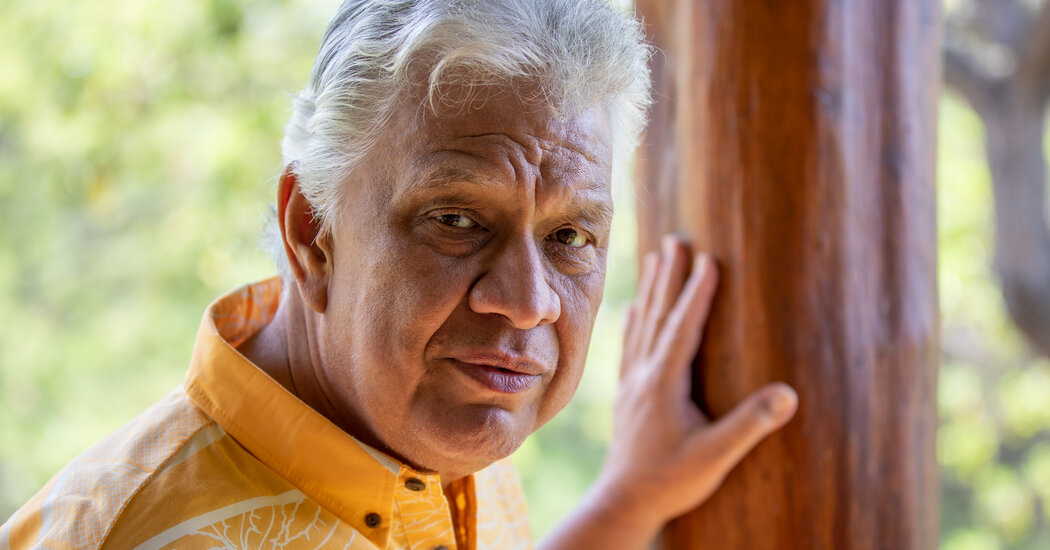When John De Fries’s mother was in high school in the 1940s, she was forbidden from dancing the hula and speaking Hawaiian, the language of her ancestors. The school she attended was for children of Hawaiian descent, but instead of encouraging students to embrace that heritage, it tried to erase it.
“That whole generation was the byproduct of this sweeping Americanization, Westernization,” Mr. De Fries recalled recently. “What’s ironic is that, 51 years later, my mother’s great-granddaughter graduated from the same school. And by then, fluency in native Hawaiian had become a requirement — but it took half a century to get there.”
In September 2020, when Hawaii’s tourism industry was in pandemic-induced free fall, Mr. De Fries took over the top tourism role in his home state, becoming the first native Hawaiian to hold the position. As the president and chief executive of the Hawaii Tourism Authority, he is now responsible for supporting the industry that, before the pandemic, brought in $2 billion in state tax revenue and employed more than 200,000 people.
The position he holds has recently been in flux, Mr. De Fries told me when I reached him on a video call at his home on the Big Island. A few years ago, H.T.A.’s main job was to brand Hawaii and market the islands to potential visitors. The agency still does those things, but these days its official remit has expanded to include natural resources, community — and Hawaiian culture.
Over the course of our conversation, Mr. De Fries, 71, described how the lessons he learned as a child in Waikiki inform his work, what it felt like when Hawaii was empty of tourists and why he got hooked on the television show “The White Lotus,” which takes place in Hawaii.
Our conversation has been edited for length and clarity.
You grew up in Waikiki in the 1950s. How does that experience inform your work?
I was born and raised two blocks from Waikiki Beach, a half-block from Honolulu Zoo, so literally about 2,000 yards from the foot of Diamond Head. The waters there had been my family’s fishing grounds for a century before I was born, and when I was growing up, we would fish them every week. What I learned as a kid was that Waikiki was first a source of food, then it was a source of medicine — from seaweeds and sea urchins and other things — and then it was a place of recreation and well-being. There was a hierarchical order there: food, medicine, recreation. But in the development of Waikiki, we…
Click Here to Read the Full Original Article at NYT > Travel…
